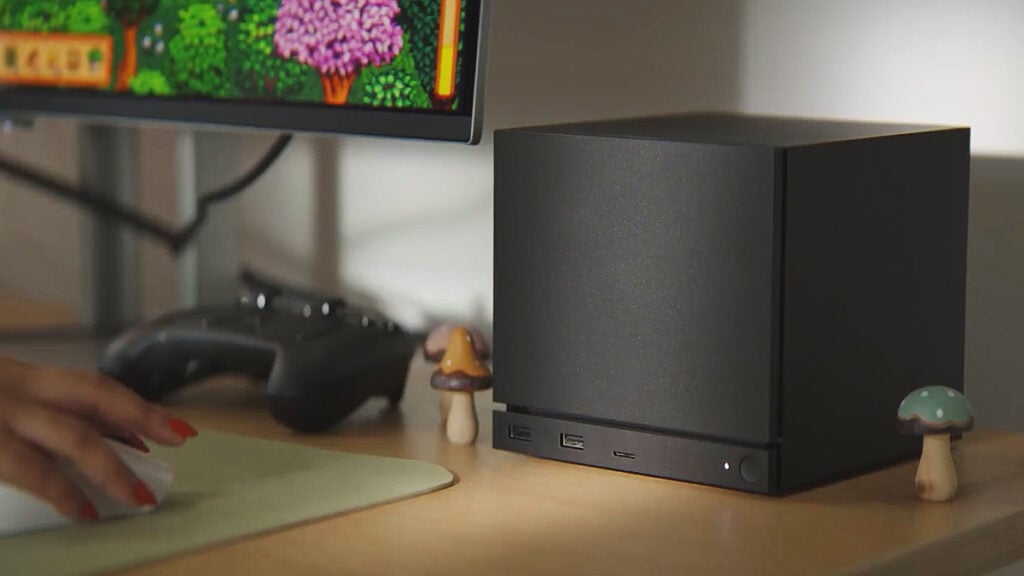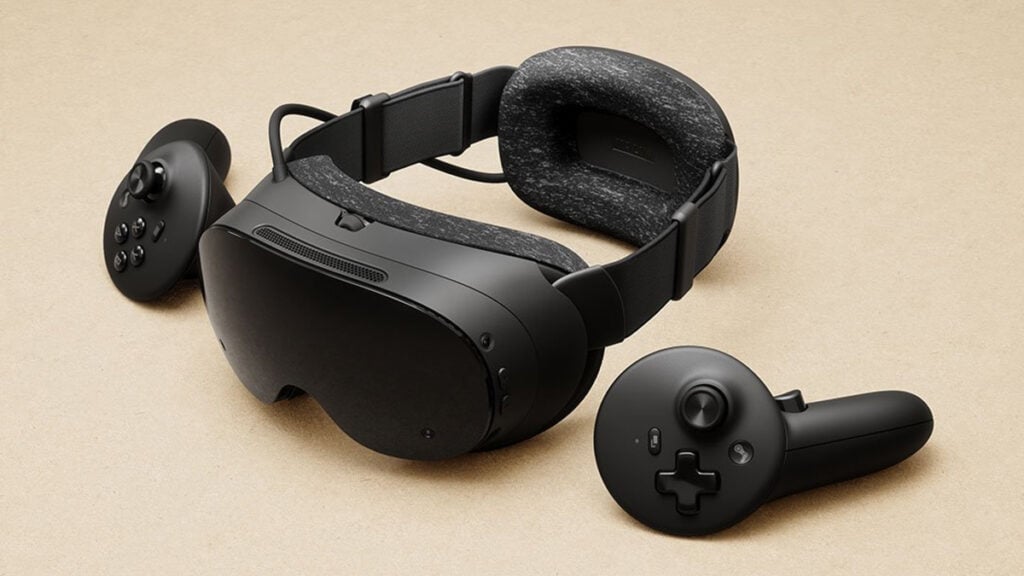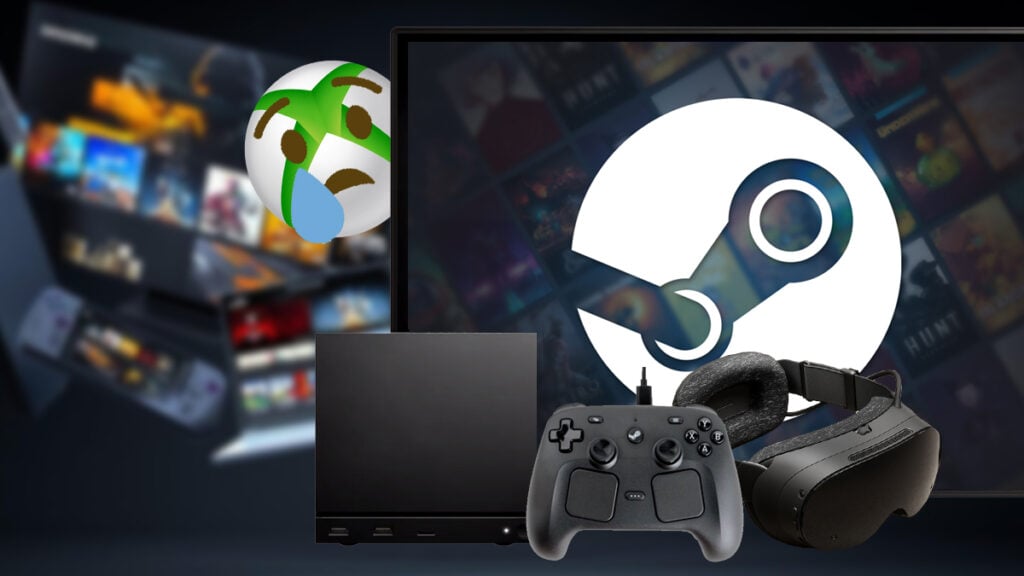Skip To...
Steam is finally taking another shot at the living room after years of speculation and copes since the original Steam Machine famously flopped. And in true Valve fashion, it didn’t bother with a flashy showcase or hype cycle. Just specs, a blog post, and new store pages for fans to smash that wishlist button before they even finish reading. Yep, Valve just announced a new Steam Machine, Controller, and a Steam Frame VR, all of which are releasing in ‘early 2026.’
The New Steam Machine, Valve’s Answer to Xbox’s ‘Curated PC’ Dreams

The new Steam Machine is a ‘6-inch’ gaming cube powered by a semi-custom AMD Zen 4 CPU (6 cores/12 threads up to 4.8GHz) and an RDNA3 GPU with 28 Compute Units. It packs 16GB DDR5 system memory and 8GB dedicated GDDR6 VRAM, with options for 512GB or 2TB internal storage, expandable via microSD.
On paper, Valve’s ‘console’ puts it shoulder-to-shoulder with the PS5 and Xbox Series X. Both of which use older Zen 2 CPUs and RDNA 2 GPUs. The former’s GPU hits around 10.28 TFLOPS, while the Series X pushes about 12 TFLOPS. Valve’s isn’t far off at an estimated 10-11 TFLOPS. The key difference, though? Size, noise, and power user flexibility.
Sony and Microsoft’s consoles weigh over 4 kg and rely on massive cooling systems. Meanwhile, Valve promises its pint-sized box stays cool and quiet even under load. Think next-gen power without the jet engine.
By default, the Steam Machine runs SteamOS out of the box. But, don’t worry — it is still a PC after all, and you get the freedom to install other OS if you’d like. In short, it’s a PC that just happens to fit under your TV.
Steam Frame, a Streaming-First VR That Lets You Play Without a PC

Then there’s Steam Frame, Valve’s ‘hybrid VR headset‘ powered by a Snapdragon 8 Gen 3 processor with 16GB LPDDR5X RAM. What makes this quite revolutionary is that this headset focuses on ‘streaming-first VR.’
Using dual radios and a 6GHz adapter, Steam Frame is said to be able to deliver lag-free visuals. It also comes with something called Foveated Streaming tech, which tracks where you’re looking and prioritizes detail there. It said to improve the effective bandwidth by up to tenfold.
With four built-in tracking cameras, magnetic thumbsticks, and a split gamepad layout, it’s designed for both VR and traditional Steam games. Valve promises the headset can even run games natively — without any need for a PC in the first place.
There’s Even Less Reason To Be Hyped for Xbox in the Future
Recently, Microsoft announced its plan for a ‘very premium, very high-end curated experience’ for the Xbox Series X successor. Leaks then claim that this next-gen Xbox would blur the line between console and desktop — with free online play to boot. It’s an ambitious plan on paper, sure, but that’s the problem: it’s still just paper.
Valve, meanwhile, isn’t theorizing; it’s shipping Steam Machine and Steam Frame in early 2026. SteamOS is real and helped push Linux adoption rate, and gamers’ Steam Library is already there waiting. All that’s left is for Steam Machines to be dropped at retailers.
Even funnier? Microsoft’s been flirting with this concept for years — from the Xbox App in Windows to the ROG Ally rebrand with Xbox logos slapped on it. All in a bid to convince people that Windows can be cozy and console-like. Valve just turned around and basically unified PC and console the old-fashioned way: by literally building one box that does both.
.









